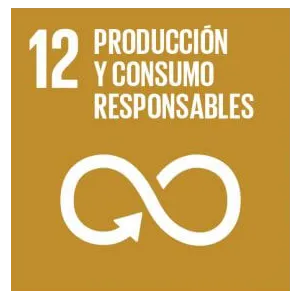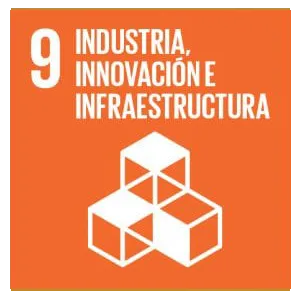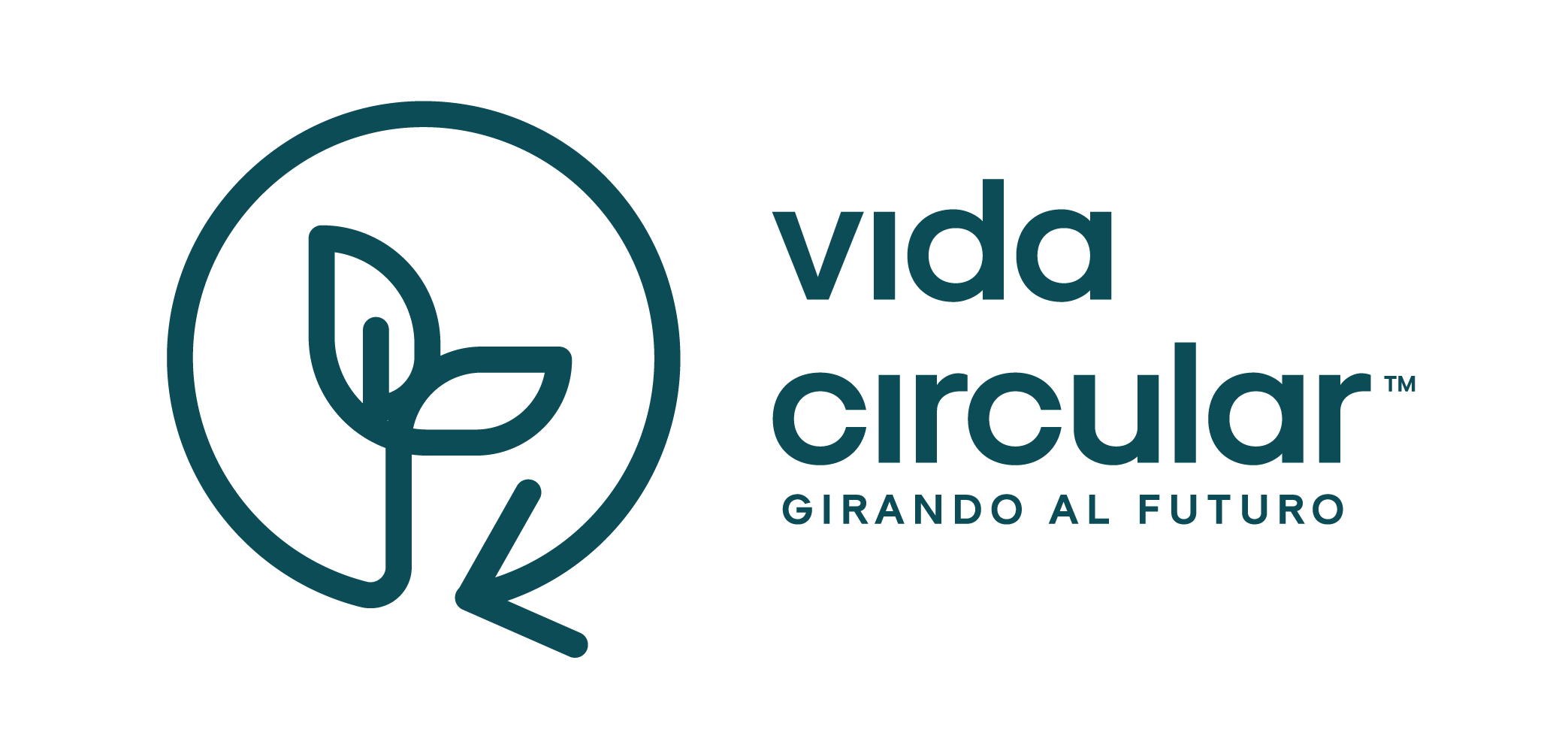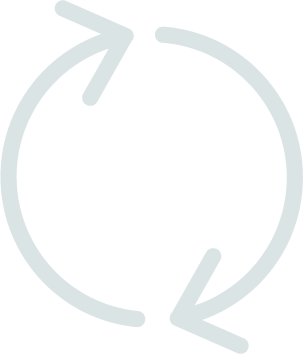
Can you imagine a world where nothing goes to waste?
Where everything we use can have a second, third or even a fourth life. Sounds utopian, doesn't it? Well, this idea is not as far off as it seems, and it is precisely the heart of what we call the Circular Economy. Unlike the traditional "use and throw away" model, the circular economy seeks to reinvent the way we produce and consume, ensuring that resources remain in use for as long as possible.
But why is it called circular economy? The term comes from the idea of transforming the linear economic system (produce, use and dispose) into a continuous cycle, i.e. a "wheel" or "circle". Instead of products following a linear path that ends in the trash, the circular economy seeks to return materials to the production cycle over and over again, creating a closed loop where waste is minimized and resources are optimized.
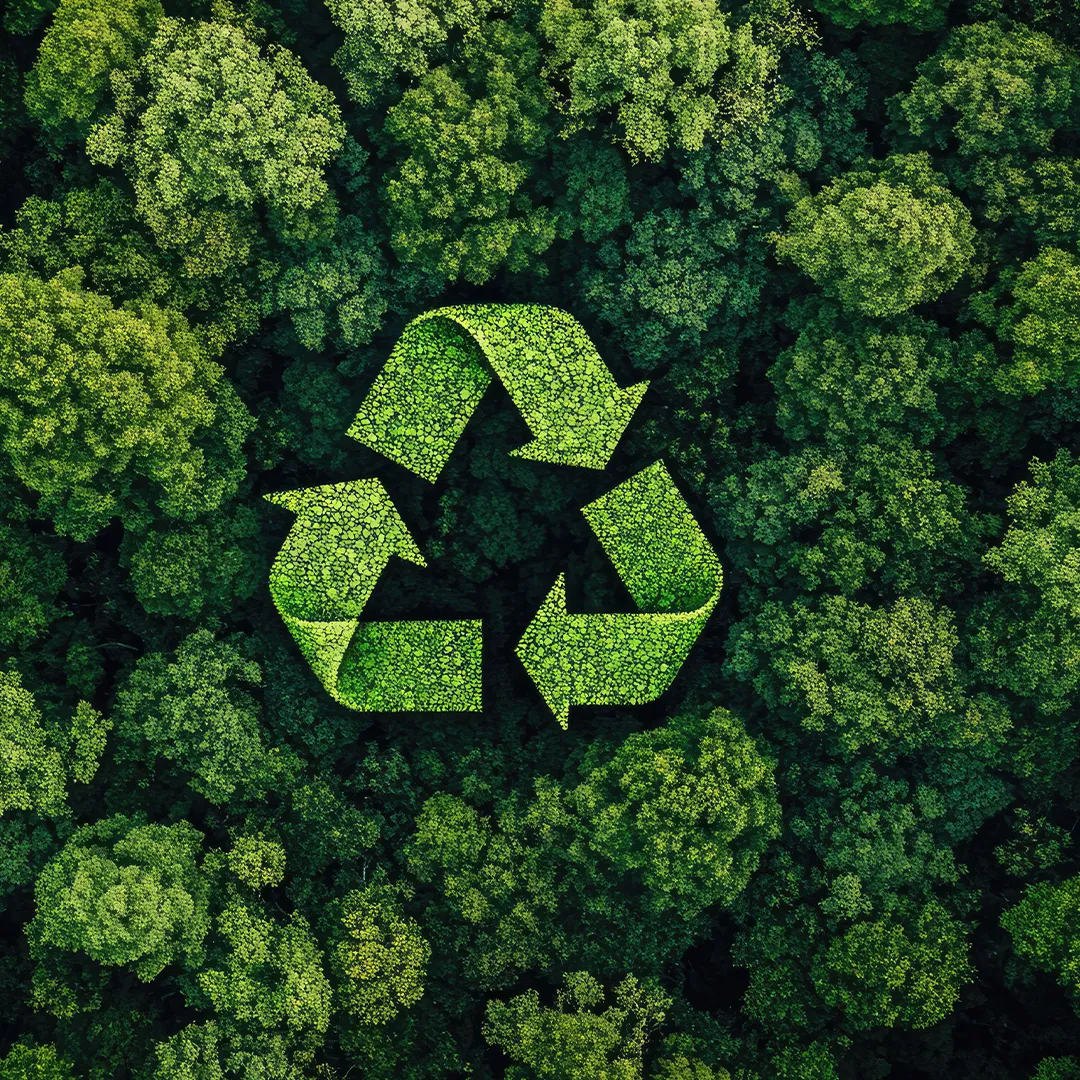
What is the circular economy and why is it important?
The circular economy is an economic model that seeks to close the life cycle of products, eliminating the concept of "waste" and promoting the reuse, repair, recycling and regeneration of resources. Instead of extracting, producing and discarding, the circular economy focuses on keeping materials in circulation, prolonging their useful life and reducing the need to extract new natural resources.
The circular economy plays an important role in sustainability, so sustainability cannot be achieved without a circular economy. Natural resources are finite, and our planet can no longer support a linear consumption model. The circular economy offers a sustainable alternative that benefits both the environment and the economy, creating new jobs and opportunities in sectors such as recycling, innovation and technology.
When we buy a product, we also buy the packaging.
A crucial point that we often forget is that when we buy a product, we are also buying the packaging. And with that, we acquire a shared responsibility. The packaging does not disappear when we throw it away. In fact, in many cases, the packaging may have a much longer shelf life than the product it contains.
As consumers, we must be aware that we are responsible for the fate of that packaging. In the circular economy, every package is an opportunity to recycle it and give it a new life, or to avoid using it unnecessarily in the first place. Choosing products with recyclable packaging or products that use less packaging is a simple but powerful way to reduce our environmental impact.
Practical examples of circular economy
The circular economy is already at work in many areas of our lives, even if we sometimes don't realize it. Here are some examples of how the circular economy is transforming the way we consume and produce:
Recycling of plastic bottles
Used plastic bottles are transformed into new bottles, reducing the need to create more virgin plastic. This continuous recycling cycle is a clear example of how the circular economy works.
Clothing made from recycled materials
Fashion brands are creating clothing from recycled plastic bottles or reused textiles, reducing waste and the environmental impact of the textile industry.
Repairable electronic products
Technology companies are designing devices that are easier to repair, extending their useful life and reducing electronic waste.
How We Can Be Part of the Circular Economy
While the circular economy involves big changes in the way companies produce and design, as consumers we also have a key role to play. Here are some simple steps you can take to contribute:
Choose durable and repairable products
Opt for products that are designed to last and can be repaired rather than replaced quickly.
Support brands that practice recycling
Research and choose products from brands that use recycled materials in their production.
Apply the 4R's (Reduce, Reuse, Recycle and Recover).
In your daily life to ensure that the products you consume are kept in circulation for as long as possible.
Be creative with what you already have
Before you throw something away, think about how you might be able to get a second use out of it or how you might be able to repair it.
Circular economy and the future
The circular economy is much more than a fad; it is the future of our global economy. As businesses and governments embrace this approach, we are seeing new opportunities open up for innovation and sustainable economic growth. Instead of depleting the Earth's resources, we can regenerate them and ensure that materials continue to circulate in the economy.
Benefits of the Circular Economy
- Provides alternative sources of materials for industry. It first analyzes the materials that exist within industry and society and then valorizes and uses them.
- Reduces pressure on the expansion of extractive activities that threaten biodiversity, such as mining and deforestation.
- It benefits and contributes significantly to climate action by closing material loops, reducing and eliminating waste and extending the useful life of materials.
- It can provide additional sources of raw materials to supply the population, in addition to promoting the creation of new types of jobs related to closing material cycles, material recovery, and product reuse and reconditioning.
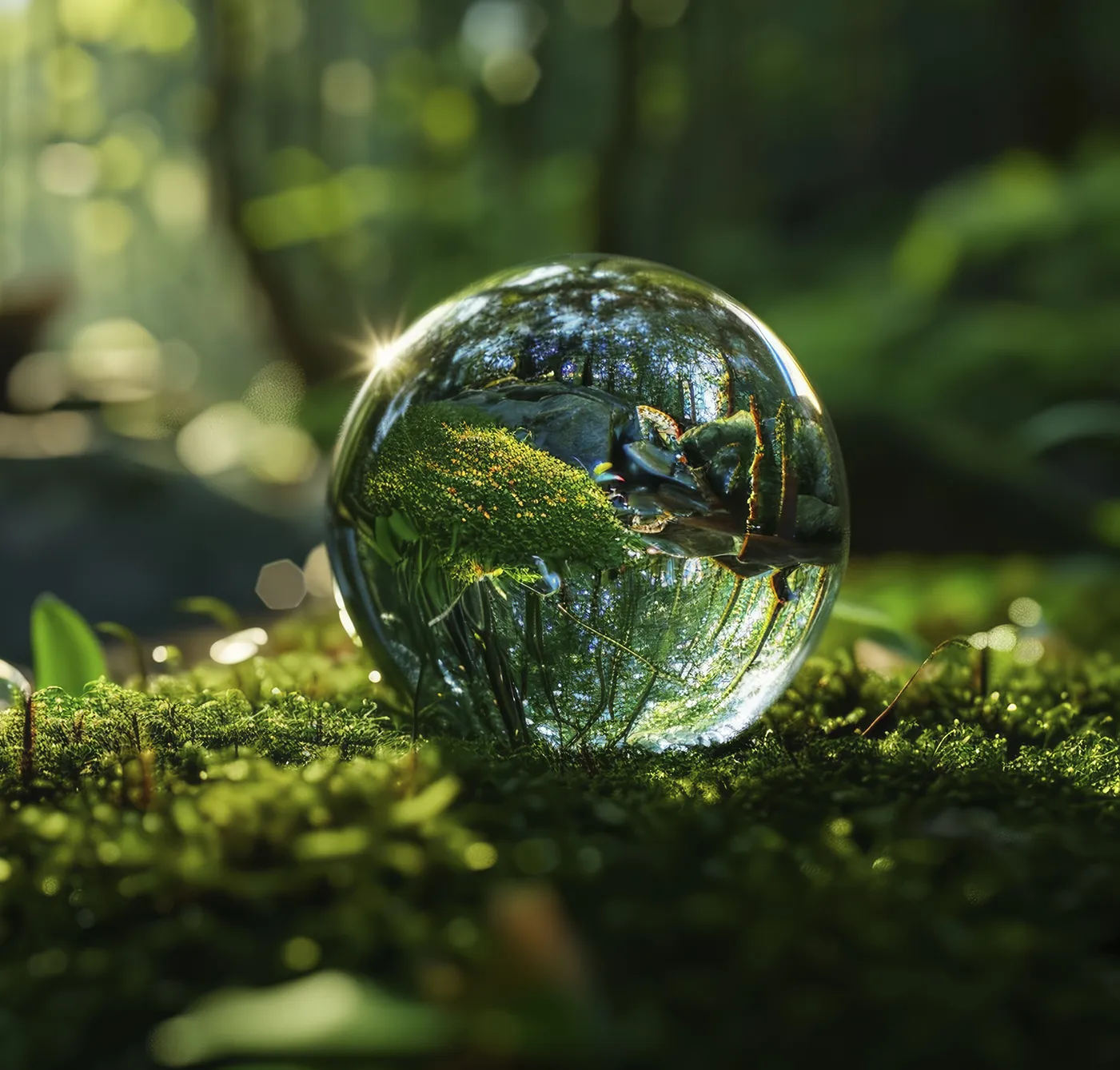
Sustainable Development Goals
The Sustainable Development Goals (SDGs) also known as Agenda 2030, are a set of globally recognized and adopted goals designed to achieve a better and more sustainable future for all. The Sustainable Development Goals were established in 2015 by the United Nations General Assembly and replaced the previous global development framework, the Millennium Development Goals, whose main objective was to eradicate extreme poverty.
ODS 9:
Industry, innovation and infrastructure.
ODS 12:
Responsible production and consumption.
ODS 13
Climate Action.
By transforming the world with every action, the circular economy is the solution for a cleaner, more efficient and fairer future. By supporting this model and adopting small changes in our daily lives, we can all be part of this transformation - let's keep the wheel turning!
